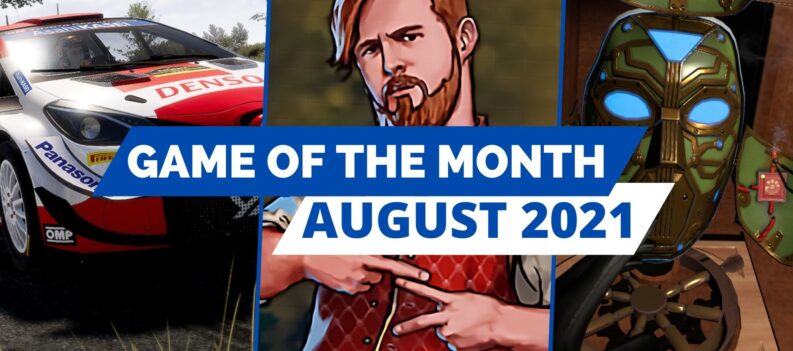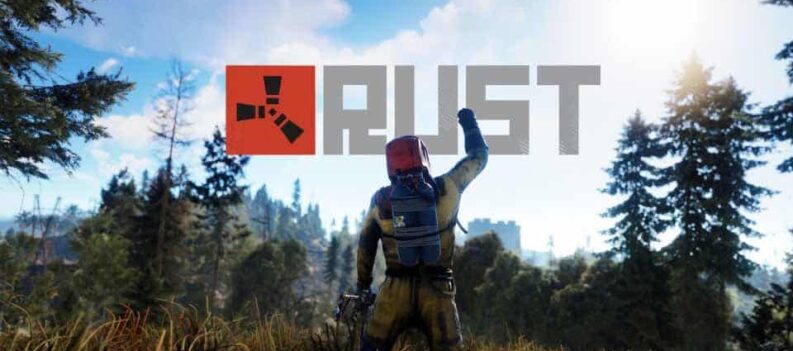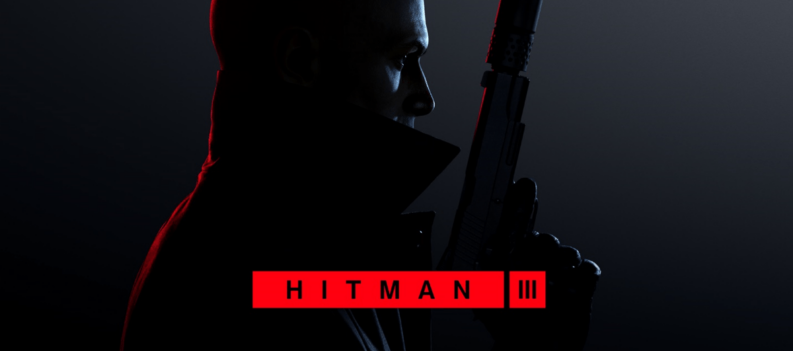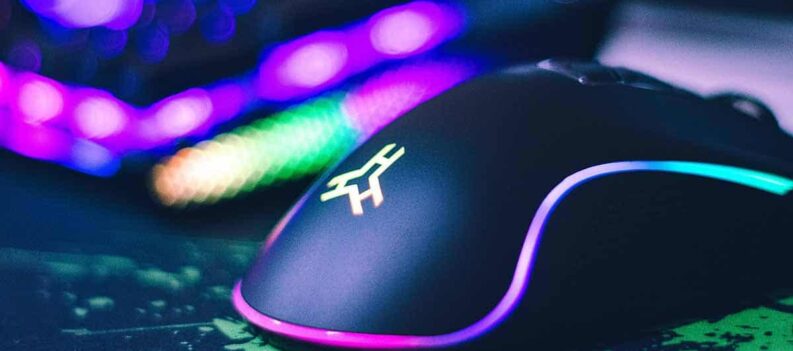[Update: Now that Sony has revealed the actual PS5 specs, we’re updating this guide with the latest information.]
Sony is set to release the PS5 later this year, or at least that’s the hope. The ongoing Covid-19 (coronavirus) outbreak may or may not result in the console’s release date being pushed back, or it could mean limited stock available when the PS5 does release. Either way, we’re going to run through everything we know about Sony’s fifth home console, the PlayStation 5.
First, let’s talk specs, and bear in mind that the content of this guide may change as and when new information is revealed.
At this time, Sony has not revealed the console. So far, we’ve only seen rumoured PS5 devkits and an official PS5 logo. We don’t know what it looks like and we don’t know exactly what components will power the PS5. We have some information, though, thanks to Sony’s initial info dump back in 2019, but it’s far from a 100% picture.
It’s expected that the PS5 will offer a massive improvement over the PS4 and PS4 Pro models currently sitting under televisions. But how much better will the PS5 be than the PS4? It’s hard to quantify it in simple numbers, but a look at the specs should give us a rough idea.
CPU (Central Processing Unit)
The PS5 CPU will be a lot more capable than the current PS4/PS4 Pro CPUs. The PS5 will run an AMD CPU based on the chip maker’s popular Ryzen series and should be an 8 core processor at 7nm Zen 2.
The confirmed CPU specs are:
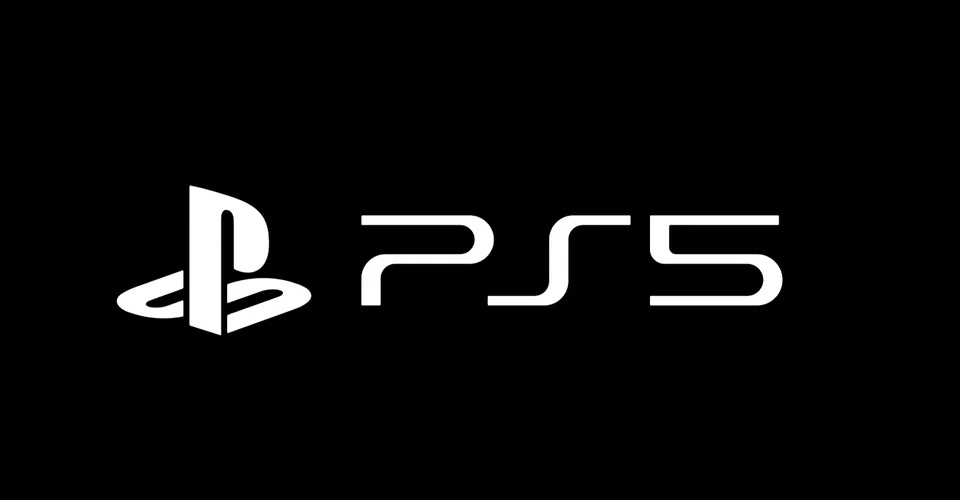
- CPU – 8x Zen 2 Cores at 3.5GHz (variable frequency)
What does a more powerful CPU mean for games? Generally speaking, the CPU handles the calculations that are run in the game. With a more powerful CPU, the console can handle more information per-second, meaning denser game worlds, more complex physics, and better A.I.
The PS4/PS4 Pro CPU, while still being a marked improvement over the PS3’s innards, is still a low-end CPU, and games have suffered as a result. Remember Just Cause 3? Even after optimisation patches, the game continues to run poorly due to the PS4/PS4 Pro CPU struggling to handle the large-scale destruction. On PS5, such issues shouldn’t occur, at least not during the early years of the console’s release.
GPU (Graphics Processing Unit)
The PS5’s GPU will also be a sizeable jump from the current PS4/PS4 Pro machines. As is the norm with home consoles, the PS5 will be running a custom-made GPU, and again, we’re looking at another AMD GPU. The big kicker this time around is that the PS5 will have ray tracing baked into the console on a hardware level.
The confirmed GPU specs are:
- GPU – 10.28 TFLOPs, 36 CUs at 2.23GHz (variable frequency)
- GPU Architecture – Custom RDNA 2
Ray tracing is a hot topic in gaming right now. With ray tracing, games can simulate light much more realistically than games without it. Current PC graphics cards with ray tracing support are generally quite expensive, so to have such a feature in a home console is a big win for couch gamers.
What does a more powerful GPU mean, then? This one should be obvious, but it means better graphics. Shiny, lovely, pretty graphics at higher resolutions. It’s the dream, right?
Storage and Memory
The PS5’s storage solution will be an SSD (solid-state drive) instead of the mechanical drives found in the current-gen consoles. This is a big win as SSD storage is far quicker and more reliable than mechanical hard drives, and with Sony using the new PCIe 4.0 connection, we can expect faster loading times – or none at all. In fact, you can get some improvement on your current-gen console by using an external hard drive and running the games from that rather than the onboard storage.
The confirmed storage and memory specs are:
- Memory/Interface – 16GB GDDR6/256-bit
- Memory Bandwidth – 448GB/s
- Internal Storage – Custom 825GB SSD
- IO Throughput – 5.5GB/s (Raw), Typical 8-9GB/s (Compressed)
- Expandable Storage – NVMe SSD Slot
- External Storage – USB HDD Support
- Optical Drive – 4K UHD Blu-ray Drive
In a hands-off presentation by Mark Cerny, Marvel’s Spider-Man was shown to load into the game at under 1 second, whereas the PS4 takes around 15 seconds. Quite the improvement.
It also means games can stream data faster resulting in smoother performing games, so there should be no stuttering or hitches, provided games are optimised well for the hardware.
Resolution
The resolution of games will, ultimately, be whatever the developers choose. The PS5 will support up to 8K resolution, but don’t expect 8K games to become the norm, especially when most people are still playing on 1080p HD and 4K UHD televisions. 8K TVs are still really, really expensive, and there’s very little content being made to take advantage of all those extra pixels.
We’ve seen resolutions drop lower and lower with the PS4 as developers race crank out the fanciest graphics possible. Early games were typically full HD, but in recent years we’ve seen games go down as low as 900p and 720p via variable dynamic resolution scaling, though the PS4 Pro has managed to keep most games running at 1080p, with some going all the way up to a full native 4K, and others getting there using checkerboard rendering.
If this generation is anything to go by, we can expect to get visual treats on all fronts in the early days, but be prepared for the inevitable resolution drops towards the end of the PS5’s lifecycle.
Frame rates
Again, this one is completely up in the air and the decision lies in the hands of developers. That being said, we can expect 60 frames-per-second more than we currently do, given that the PS5’s CPU and GPU are massively improved over the PS4 and PS4 Pro. But we all said this about the PS4 and PS3, didn’t we? It was expected that the PS4 would deliver higher frame rates than its last-gen counterpart, but the majority of games this generation stuck to 30 frames-per-second with the reason being that fancy graphics sell more copies than higher frame rates.
There has been talk of next-gen consoles going above and beyond 60 fps, with the Xbox Series X having support for up to 120 fps. However, games running at 120 frame-per-second will almost certainly be the exception and not the norm, and will most likely be less graphically demanding games and not your typical AAA blockbuster.
Backwards Compatability
Sony has confirmed that the PS5 will feature backwards compatibility, though how far it will go remains to be seen. It is expected that the PS5 will run PS4 games, but anything before PS4 is, at the time of writing, unconfirmed.
Update: Sony has confirmed that PS5 will be backwards compatible with the vast majority of PS4 games, though some will make use of the PS5 boost mode.
Given that the PS4 doesn’t have backwards compatibility with PS1, PS2, PS3, or PS Vita games, it’s not expected that the PS5 will either. What’s more likely is that Sony will push its streaming subscription service PS Now as the solution for backwards compatibility for its older library of games. It’s what we use now on PS4 and PC to play PS3 games, so it’s likely the platform holder will look to expand the service to keep fans happy while keeping its streaming service relevant in an age where subscriptions and streaming are becoming the norm.
Virtual Reality (PSVR & PSVR 2)
We already know that Sony’s current PSVR headset will work with the PS5, but it’s also expected that the platform holder will release a follow-up at some point during the PS5’s lifetime.
Current PSVR owners can rest easy knowing that their headsets won’t become redundant once the PS5 releases. While Sony hasn’t given many details on how PSVR will work with PS5, it’s expected that all of the current hardware will be compatible – so your PSVR headset, PS Camera, PSVR Aim Controller, and PS Move wand controllers will work on PS5. That does mean that we’ll be stuck with the less than ideal light-based tracking system until Sony releases the PSVR 2. Bear in mind that the PSVR 2 most likely won’t release in the first year of the PS5’s release. Much like the current PSVR, Sony will most likely wait a couple of years before putting out a new and expensive add-on for its console.
At this time, Sony hasn’t even announced a PSVR 2 and hasn’t even hinted at the possibility of a follow-up headset. However, it’s almost a certainty that Sony will release a PSVR 2 at some point. The current PSVR has exceeded expectations on PS4, and with hundreds of games available and millions of headsets and consoles sold, it’s leaving money on the table if the manufacturer doesn’t carry on with its PSVR product line.
But what will PSVR 2 be? With the overwhelming success of the Oculus Quest – a standalone headset that doesn’t need any wires or external computing power – the PSVR 2 could, and should, be a completely wireless unit.
PS5 Games
At the time of writing, we only know of around a dozen or so confirmed PS5 games. Developers and publishers are mostly holding their cards close to the chest at the moment, but we do at least know that on launch day you’ll be able to play your current PS4 games on PS5, and what’s more is that multiplayer games will work across generations, too, meaning PS4 and PS5 players will be able to play together in their multiplayer games. What we don’t know is if this means both physical and digital games will work, or if it will only be digital games.
There is also talk of current-gen PS4 games getting PS5 updates. CD Projekt Red has confirmed that Cyberpunk 2077 will get a next-gen upgrade for Xbox One owners who then play on Xbox Series X, but we don’t know if this will also be the case for PS4/PS5.
Furthermore, we can’t be sure if these updates will be free. Think about it: in the transition from PS3 to PS4 we’ve had dozens of remasters released on current-gen consoles, and none of them have been freebies. With PS5 being backwards compatible, it means publishers won’t be able to re-sell their old games on the new machines, so how are they going to make money? One simple way could be to charge for next-gen updates. So if you have a game on PS4, you could be asked to pay a small sum to upgrade the game to the PS5 version. While your PS4 version would work just fine and benefit from improved loading times, developers could hold back improved graphics, framerates, textures and next-gen features behind a paywall. It’s not confirmed, but it’s something that could happen as publishers look to maintain their revenue while losing out on that sweet, sweet remaster money. Must be hard for those millionaires…


 More PS VR
More PS VR
